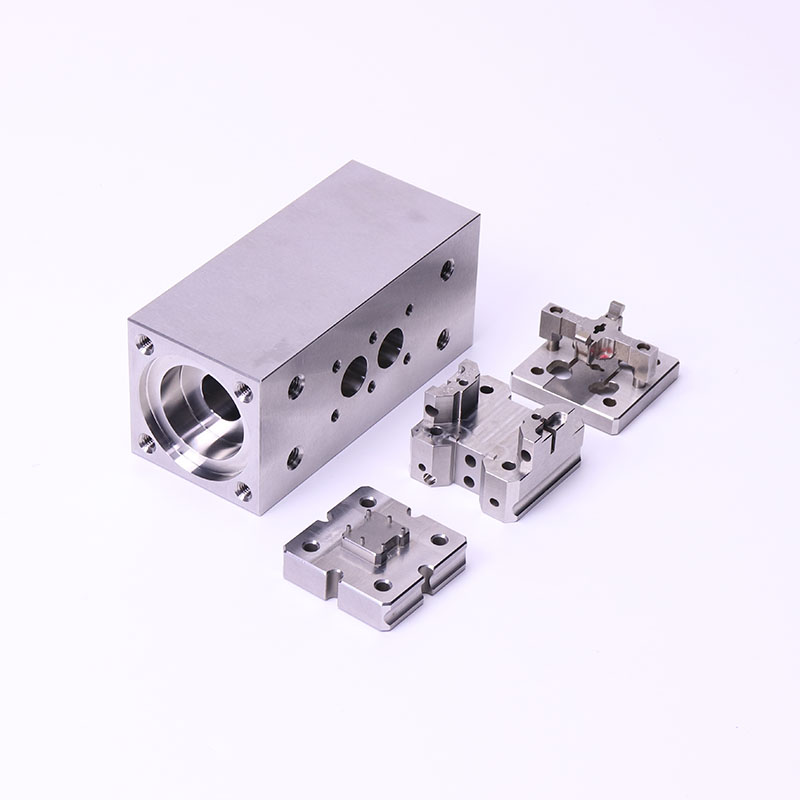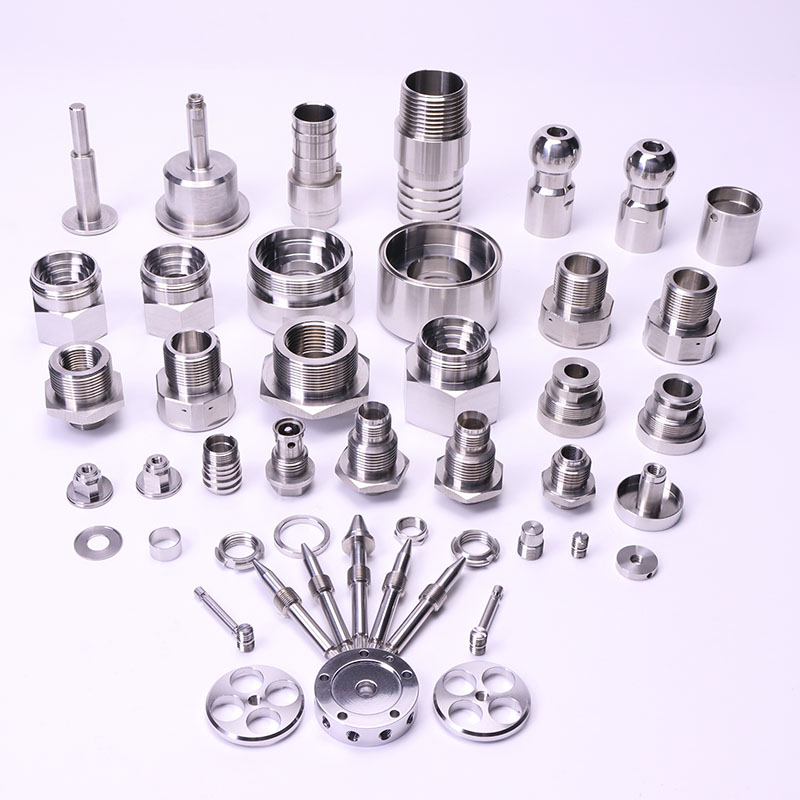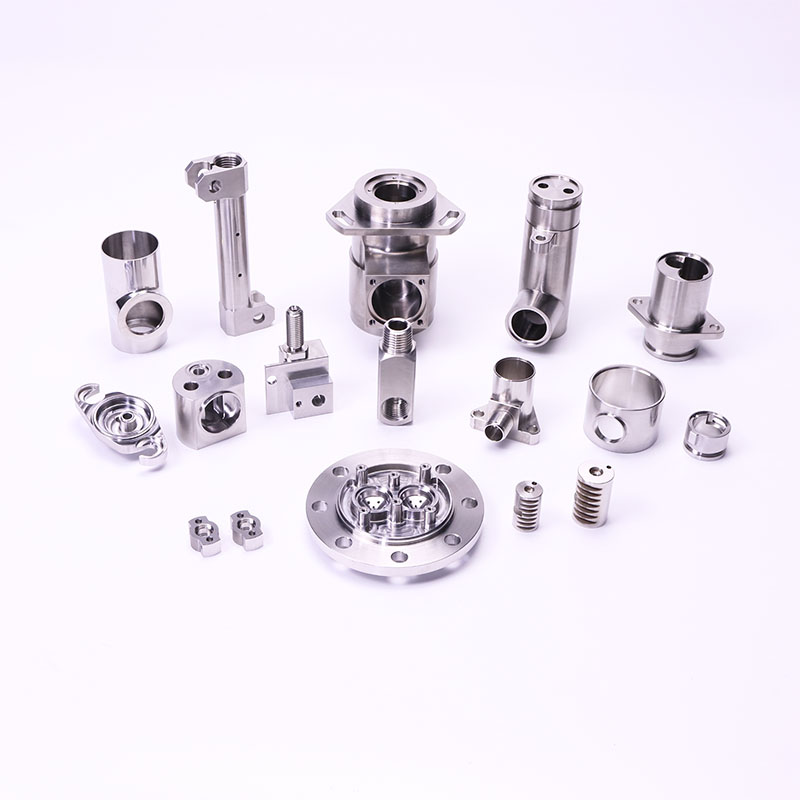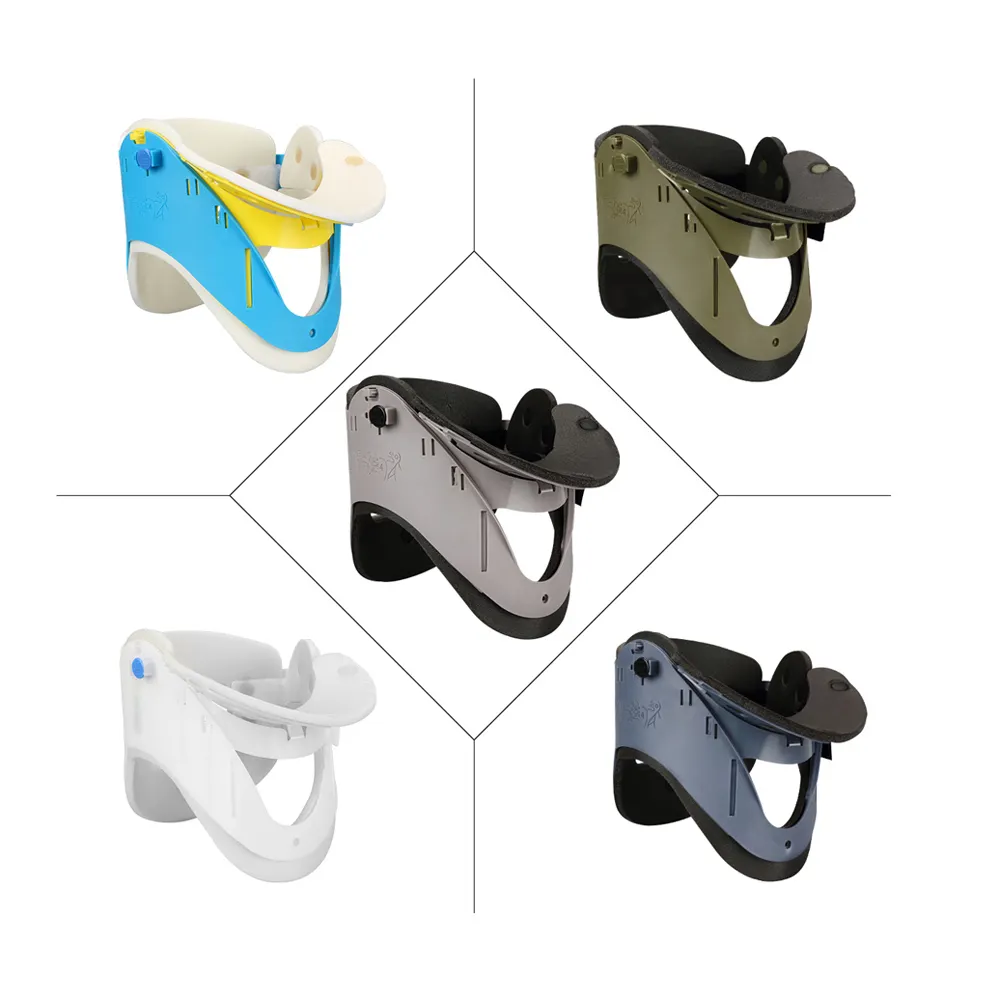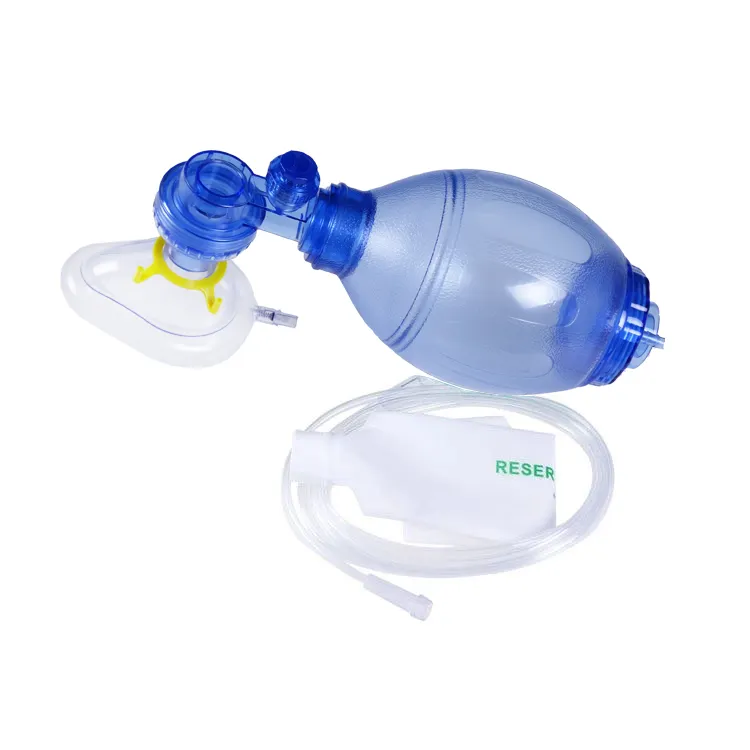Abstract
Titanium metal, known for its excellent strength-to-weight ratio and corrosion resistance, has become a crucial material in various industries, especially aerospace and biomedical sectors. However, it also presents several challenges during processing and manufacturing, particularly in producing titanium machined parts. This article delves into the primary issues faced when working with titanium metal and provides an in-depth explanation of the underlying causes. Additionally, it examines industry solutions and real-world applications to mitigate these challenges.
1. Introduction
Titanium is a highly sought-after material due to its unique properties, such as its high strength, low density, and outstanding corrosion resistance. These characteristics make it ideal for use in demanding industries like aerospace, medical implants, and automotive parts. However, despite its popularity, titanium metal poses several problems during machining and fabrication. This article will explore the key challenges involved in producing titanium machined parts, analyze the associated material properties, and provide insights into how industries are addressing these difficulties.
2. Challenges in Working with Titanium Metal
Titanium’s remarkable characteristics also present several challenges, particularly during machining and processing. The following sections detail the most common problems associated with titanium metal.
2.1. High Cutting Temperatures
One of the primary issues with machining titanium is the high cutting temperatures generated during the process. Due to its low thermal conductivity, titanium does not dissipate heat efficiently, causing heat to concentrate at the cutting edge. This leads to rapid tool wear, deformation of the workpiece, and decreased precision in titanium machined parts.
2.2. Tool Wear and Durability
Another significant problem with titanium is its effect on cutting tools. Titanium’s hardness and strength lead to accelerated tool wear, particularly during high-speed machining. Traditional cutting tools, such as those made from high-speed steel, are often unsuitable for machining titanium. This issue increases the overall cost and time of producing titanium machined parts, as more robust and expensive tools are required, along with frequent tool changes.
2.3. Springback and Material Deformation
Titanium has a tendency to spring back during forming and cutting operations, which can result in inaccuracies in the final part dimensions. This phenomenon is particularly problematic when manufacturing precision components, as even small deviations can lead to suboptimal performance in critical applications, such as aerospace parts and medical implants.
3. Problems with Titanium Machined Parts: A Deeper Dive
When considering titanium machined parts, specific issues arise due to the nature of the material itself and the methods required to shape and form it.
3.1. Surface Integrity Concerns
Maintaining surface integrity during the machining of titanium is a significant challenge. The high heat generated can cause microstructural changes, leading to surface defects such as micro-cracks or hardening. For applications where surface finish is critical, such as in titanium machined parts for medical implants or aerospace components, even minor defects can affect the part's performance and longevity.
3.2. Burr Formation and Residual Stress
Burrs, which are small protrusions or sharp edges left on the surface after machining, are more common when machining titanium compared to other metals. The formation of burrs is exacerbated by the material's elastic properties and its tendency to deform under cutting forces. Additionally, machining titanium can introduce residual stress into the material, which, if not properly managed, can lead to premature failure of the part in service.
3.3. Case Study: Aerospace Industry
The aerospace industry provides a clear example of the challenges faced when working with titanium machined parts. Titanium is used extensively in aircraft structures and engine components due to its high strength-to-weight ratio. However, manufacturers must implement advanced cooling and cutting techniques to minimize tool wear and thermal damage to the material. Boeing and Airbus, for example, have invested in specialized equipment and tooling designed to machine titanium components more efficiently, reducing overall costs and improving part quality.
4. Solutions to Mitigating Titanium Metal Problems
Various solutions have been developed to address the challenges of machining titanium, particularly in the production of high-quality titanium machined parts.
4.1. Advanced Cooling Techniques
Given the high heat generation during machining, effective cooling methods are essential when working with titanium. Techniques such as flood cooling, cryogenic cooling, and minimum quantity lubrication (MQL) have been employed to dissipate heat more effectively, thus reducing tool wear and improving surface integrity.
4.2. Use of Specialized Cutting Tools
Carbide and polycrystalline diamond (PCD) tools are commonly used to machine titanium due to their superior wear resistance compared to traditional tools. These materials can withstand the high cutting forces and temperatures associated with titanium machining, prolonging tool life and improving the quality of the finished parts.
4.3. Optimizing Machining Parameters
Machinists have also optimized cutting parameters such as feed rate, cutting speed, and depth of cut to balance productivity and tool life. By adjusting these variables, manufacturers can achieve higher precision and surface quality in titanium machined parts while minimizing tool wear and energy consumption.
5. Conclusion
While titanium metal offers numerous benefits, its challenges during machining and fabrication cannot be ignored. The issues of high cutting temperatures, rapid tool wear, and material deformation pose significant hurdles, particularly in industries that rely on titanium machined parts, such as aerospace and biomedical sectors. However, through advanced cooling techniques, the use of specialized cutting tools, and the optimization of machining parameters, industries have found ways to mitigate these challenges and continue harnessing the benefits of titanium. As technology progresses, further innovations in machining processes will likely make titanium an even more accessible and versatile material for a wide range of applications.

